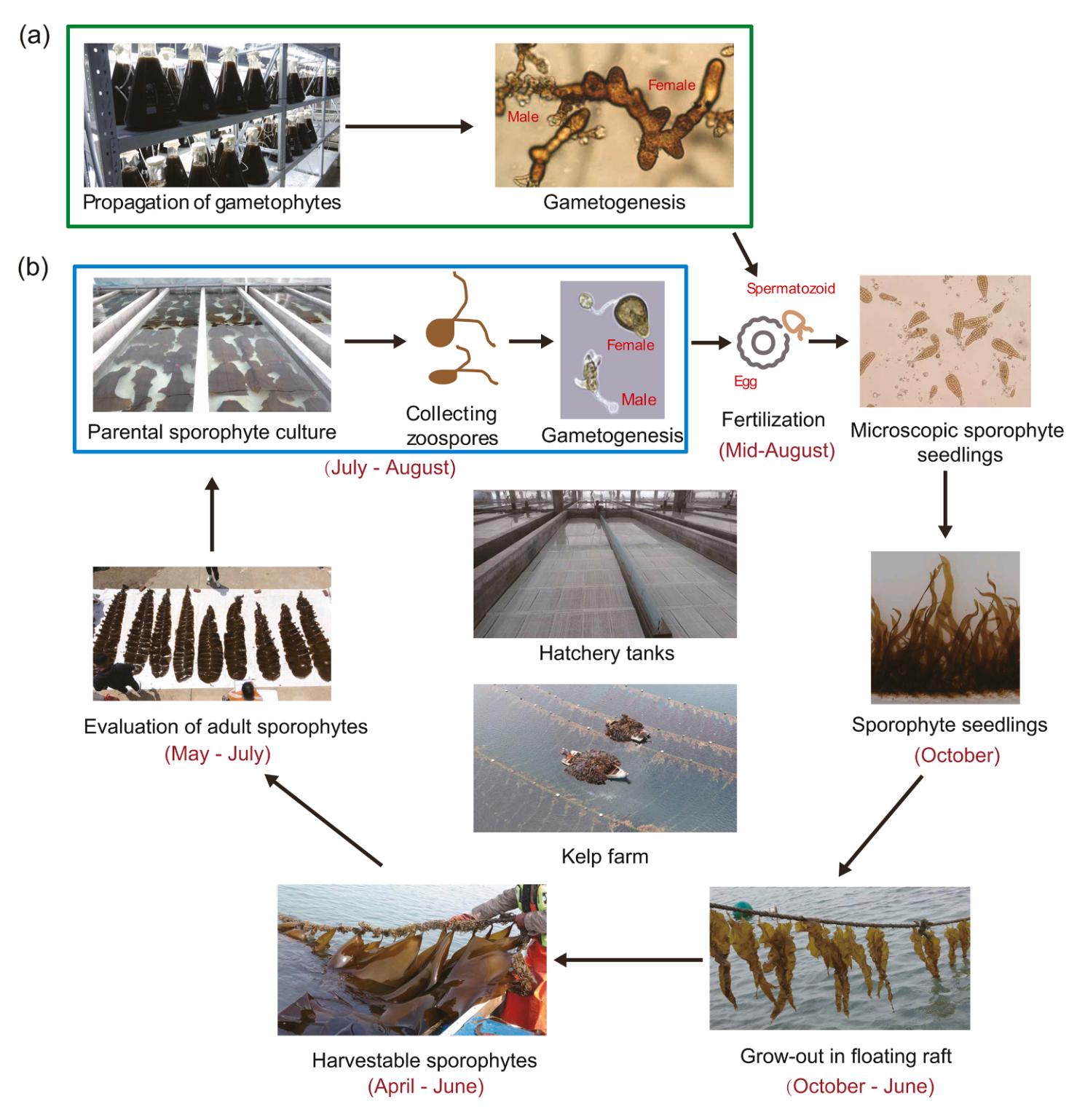2025-05-30 中国科学院(CAS)

Schematic illustration of the designed strategy of recognition site density regulation. (Image by Prof. DOU Xincun’s team)
<関連情報>
- https://english.cas.cn/newsroom/research_news/chem/202506/t20250603_1044927.shtml
- https://pubs.acs.org/doi/10.1021/acs.analchem.5c01087
ガス状DCPに対する超高感度・特異的蛍光センシングのためのシッフ塩基性有機多孔性ポリマーの認識サイト密度制御 Recognition Site Density Regulation of Schiff Base Organic Porous Polymers for Ultrasensitive and Specific Fluorescence Sensing toward Gaseous DCP
Huazangnaowu Bai,Ruiqi Qiao,Fang Xiao,Jiawen Li,Baiyi Zu,and Zhenzhen Cai
Analytical Chemistry Published: May 16, 2025
DOI:https://doi.org/10.1021/acs.analchem.5c01087
Abstract
Due to the severe interference from analogues such as hydrochloric acid, it is of great significance to establish a highly reliable technique to enhance the discrimination ability toward diethyl chlorophosphate (DCP). Here, based on the electrophilicity of DCP, a series of zero-background fluorescence Schiff base materials with different densities of C═N bonds as recognition sites were designed and synthesized by modulating the chain length. It is found that the increase of the C═N bond density and the specific surface area could improve the collision efficiency with DCP, thereby improving the response speed. When the density of C═N bonds is 3.86 × 1021/cm3 and the specific surface area is 128.5 m2/g, DFDBA-POP demonstrated a more superior sensing performance toward the target analyte, including the ability to detect gaseous DCP, a rapid response (1 s), and superior selectivity even in the presence of 15 kinds of interferents including the very similar hydrochloric acid. Moreover, the practicality of DFDBA-POP was further verified by a DFDBA-POP solid-state sensor, which is capable of specifically identifying gaseous DCP. The present nonfluorescent Schiff base materials design and modulation strategy would open up a new gate for the rational design of high-performance fluorescent materials to detect and discriminate trace hazardous substances with similar structures and properties.



